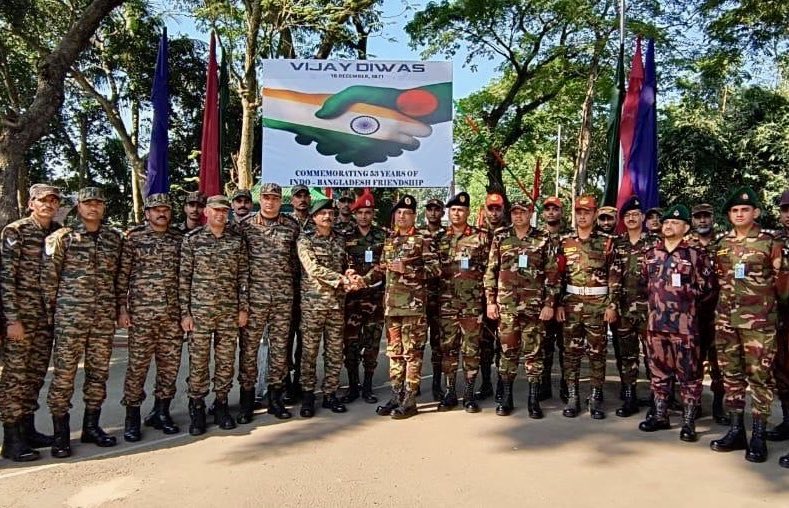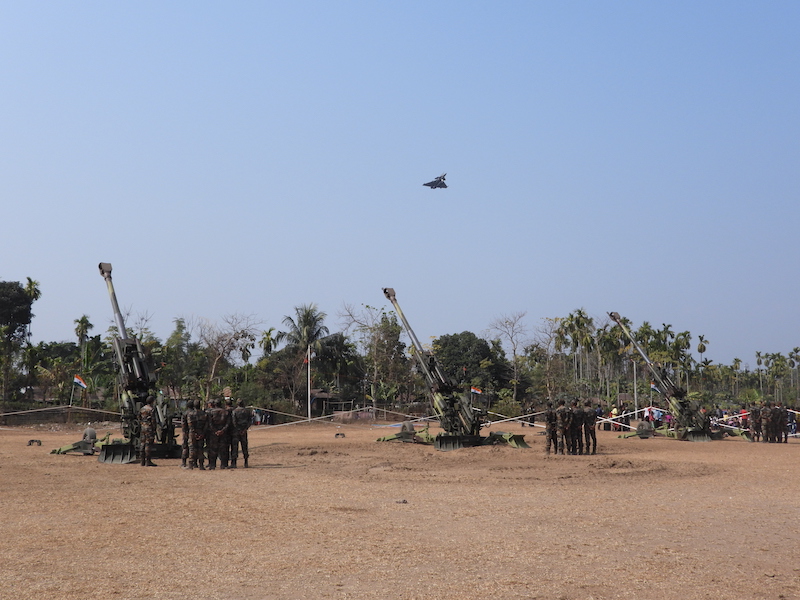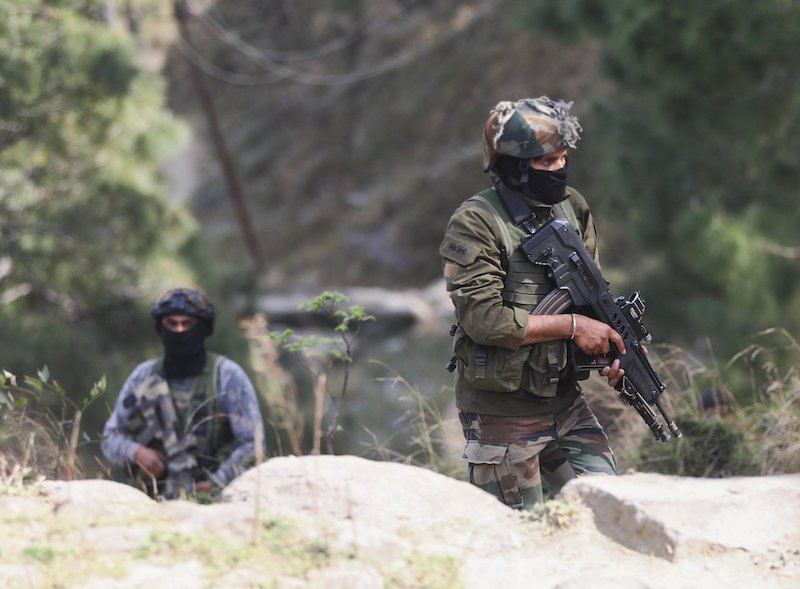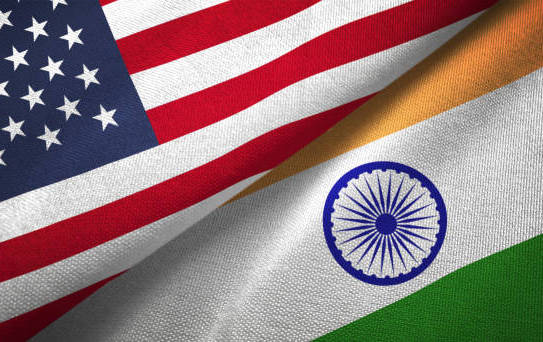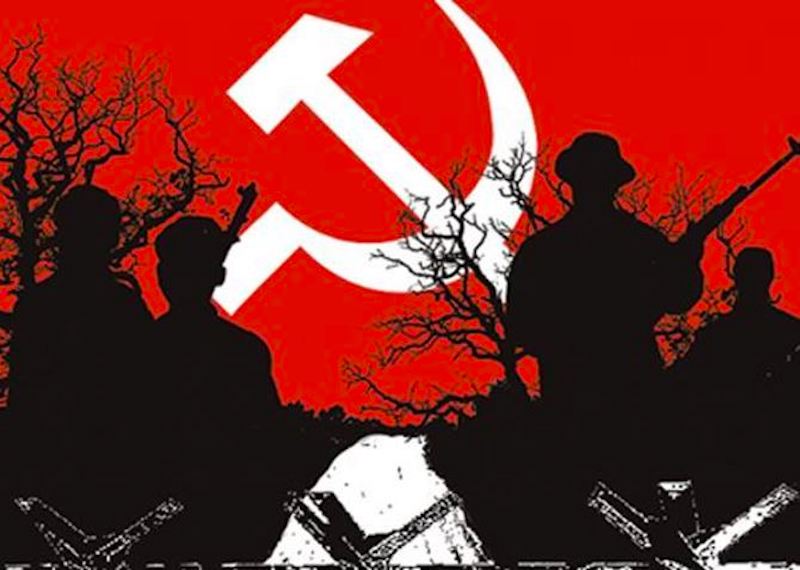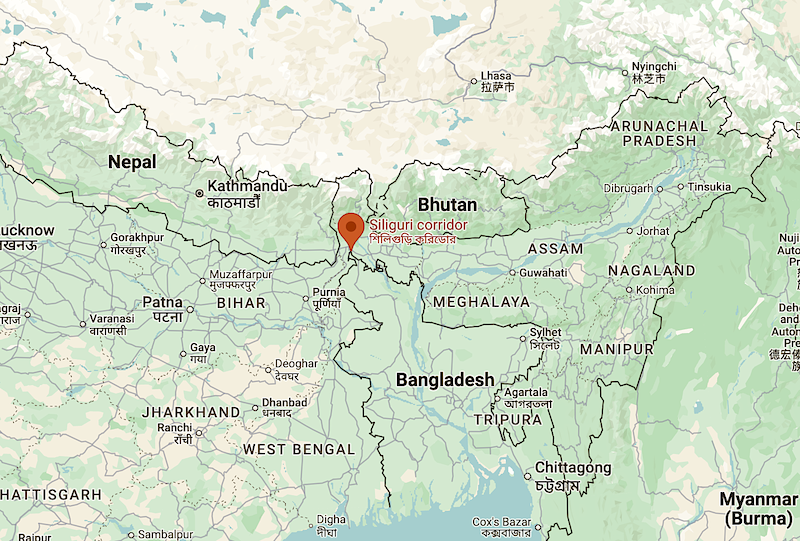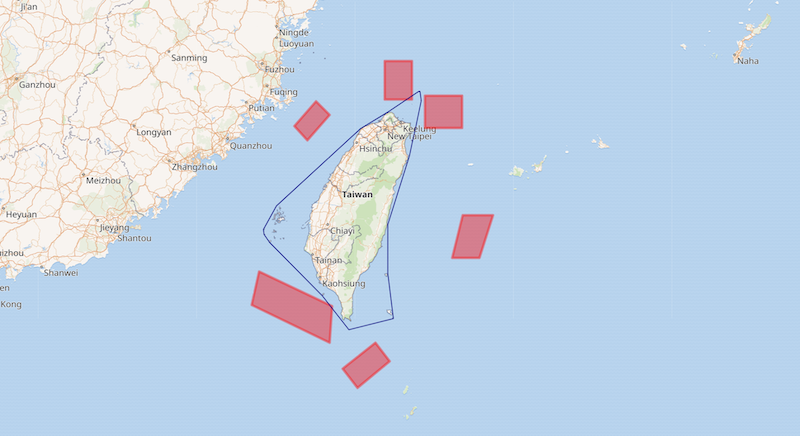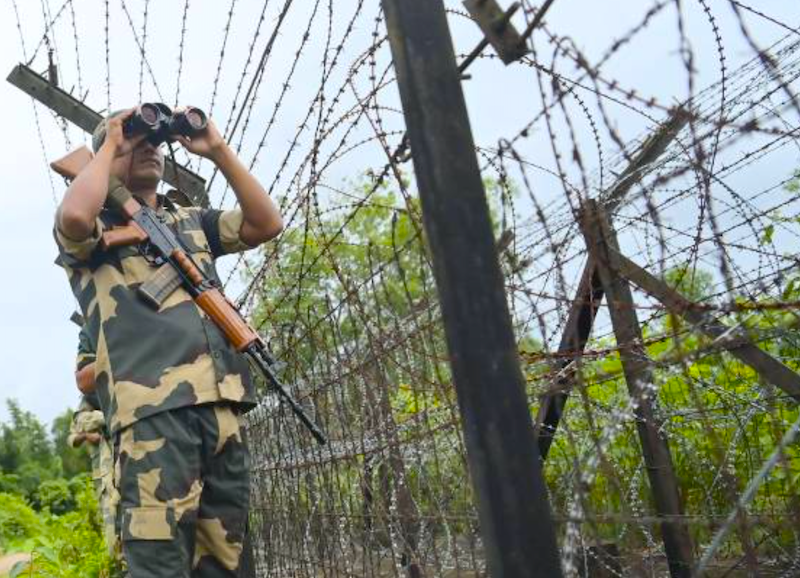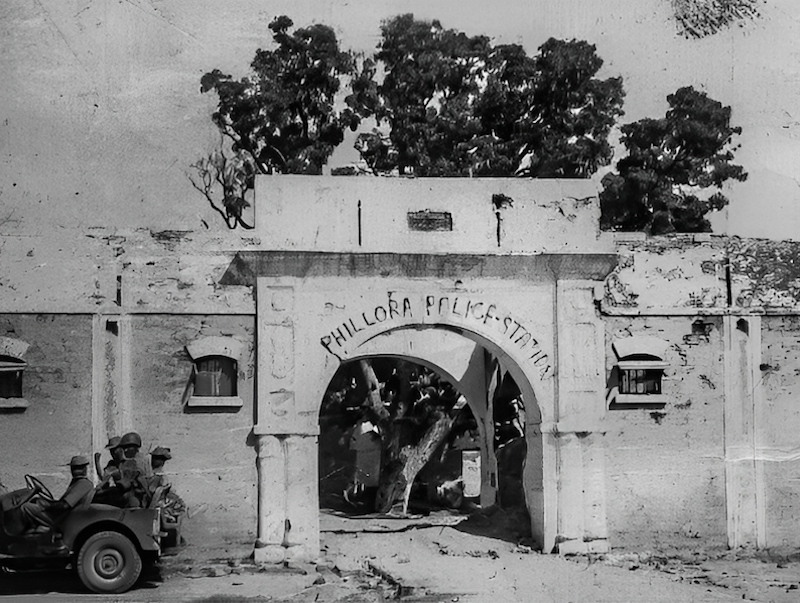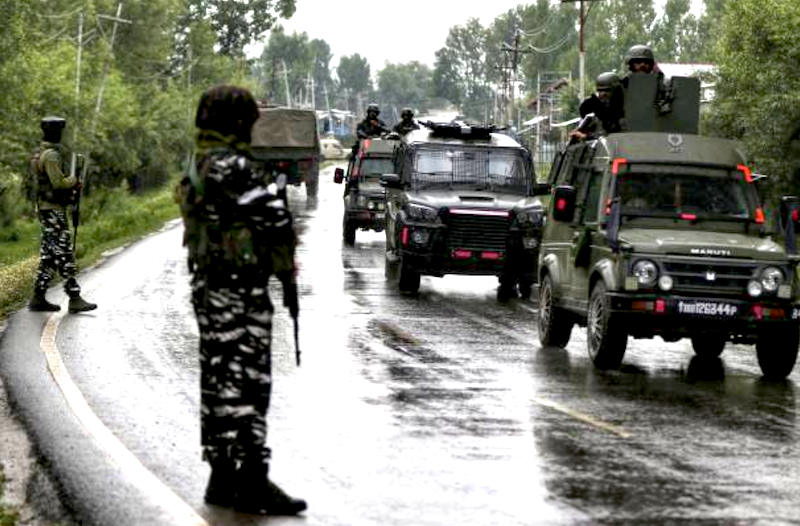 Security forces in Jammu & Kashmir during an encounter with militants. (File photo for representation.)
Security forces in Jammu & Kashmir during an encounter with militants. (File photo for representation.)
In 1987, as a young Indian Army captain, I trudged every nook and corner of the Uri bowl without fear and scepticism, enjoyed the scenic beauty of the area and the hospitality of locals. The place was cool and calm. I would like to mention a small anecdote – a pointer and indicator of cross-border affinity of locals, indoctrination of youth and that existing calm is short-lived.
When walking back to regiment headquarters at Uri from a locality on the line of control (LoC), I casually asked the cricket score from a local youth. He rattled Pakistan’s score. The late 1980s also saw the erstwhile state of Jammu & Kashmir sliding into perpetual state of internal turmoil. There were fluctuations, ups and downs in the environment of the low-intensity conflict in J&K. However, militancy never ceased since infiltration from across the border continued coupled with indoctrination and radicalization of the youth through false propaganda of religious persecution of minorities in India.
Peace eluded J&K as borne out from the imposition of president’s rule. The state was under varying spells of president’s rule in 1986, 1990, 1996, 1997, 2002, 2009, 2015, and 2016 due to political instability and insurgency. The state was placed under president’s rule from January 19, 1990, to October 9, 1996, for a period of six years and 246 days due to increased militancy, exodus of Hindus from the Kashmir valley, and general breakdown of law and order.
Read also: Attrition in CAPFs – A call for in-depth analysis, proactive measures
Since June 19, 2018, to this day, Jammu & Kashmir has been under president’s rule, even after the bifurcation of the state into two Union territories – Jammu & Kashmir and Ladakh, on August 5, 2019. This reflects the state of security in the Union territory now.
As 2024 has started in earnest, a detailed and exhaustive analysis of the current security situation in the Union territory is needed.
In September 2023, the commanding officer of 19 Rashtriya Rifles, one major and a deputy superintendent of J&K Police were killed in action during a gunfight with militants in the higher reaches of Kokernag in Anantnag district. In another encounter in Rajouri, district two Army officers and two jawans fell fighting militants. On December 21, 2023, five Army soldiers were killed and two sustained injuries in an ambush on Surankote-Thanamandi road in Poonch district. In that month again, retired senior superintendent of police, Mohammad Shafi Mir, was shot dead in J&K’s Baramulla district. In January 2024, 22 days after an ambush in Dera Ki Gali in Surankote, an Army convoy was fired upon in Krishna Ghati sector close to the LoC. Fortunately, there were no casualties.
Read also: Hamas attack on Israel – Lessons for India in border guarding
In all the incidents, the security forces fought valiantly leading to elimination of the militants. However, the question is: why is militancy continuing despite an exhaustive security umbrella over the region?
Militancy is continuing since the source of their sustenance through funding and infrastructure from across the border, i.e. Pakistan, is intact. This is the reason why infiltration from across the border never dried up and continues to this day.
The government needs to adopt a three-pronged approach to bring down and eliminate militancy in J&K. It must adopt an aggressive diplomatic and domestic plan of action. And both need to be executed simultaneously and concurrently for impact.
On the diplomatic front, the first in the series could be to exploit economic and political instability in Pakistan to compel Pakistan to stop its agenda of causing instability in J&K. To put Pakistan on the defensive, it is imperative to impress upon international agencies, like the Financial Action Task Force (FATF) to place Pakistan again in its watchlist for continuous monitoring for money laundering and terror financing to pressurize Pakistan to abandon its support to terrorism. Simultaneously pressure needs to be exerted on Pakistan to engage with India without conditions to end its support to state and non-state actors fomenting trouble in J&K and reign in them.
Read also: Command duality in border guarding is against national security
J&K is strategically located having both de facto and de jure borders with heavy deployment of security forces on the borders. The border deployment of force is aimed at preventing infiltration from Pakistan to curb violence in the Union territory, keep the international border and line of control stable, and to ward off conventional and unconventional hostile threats in the form of localized conflicts. Therefore, there is a need to analyse the anti-infiltration grid along the LoC and international border.
Why is that infiltration, especially from the LoC, has suddenly picked up, more so in Poonch Rajouri region?
There is no doubt that the topography along LoC is tough. It calls for continuous review of counterinfiltration grid on the LoC put a check on the increased infiltration and spike in militant activities. The infiltration and spike in violent incidents points to the need that the anti-infiltration grid along LoC and international border need further strengthening.
An in-depth appreciation of the entire LoC is the need of the hour to identify infiltration routes already in use. This can be done by studying the empirical data of infiltration attempts made by militants in the past few years. Also, equally important is to identify new probable routes and take measures to plug them through a multi-tier infiltration grid, both in the Jammu region as well as in the Kashmir region.
Read also: India-Myanmar border guarding needs a fresh approach
Pay special attention to unexploited infiltration routes as probability of those routes being used remains high. The anti-infiltration obstacle system (AIOS) or fencing in simple terms along the LoC is a manmade obstacle to prevent infiltration, but its exploitation cannot be ruled out. It needs continuous uninterrupted observation.
Terror masterminds generally remain one-step ahead of security forces in pursuit of their agenda. Therefore, the need is to deceive and surprise them. If needed, increase boots on ground in the anti-infiltration grid. The anti-Infiltration grid must be a multi-layered balanced mix of boots on ground and technological innovations to choke routes of infiltration to prevent infiltration.
The international border too needs greater emphasis. The security establishment from across the border have always attempted to push militants through the international border. The alert troops of the Border Security Force have foiled most such attempts, however in a few incidents, militants were able to sneak in, taking advantage of fire cover, thick foliage, sarkanda (wild sugarcane) growth, and darkness, which created gaps in surveillance.
The BSF changes its strategy to deal with infiltration and smuggling attempts every now and then depending upon weather conditions, climate, and adversary activism. The BSFs operational activism too had put brakes on Pakistan’s nefarious designs along the international border. However, transborder tunnels remain an area of concern. This issue needs to be addressed immediately to put a full stop to infiltration through them.
Read also: Manipur crisis is becoming national threat, government must act now
The probability of infiltration through tunnels is quite high along the LoC in J&K. Regular search for detection of tunnels is organized through physical checking and prodding but probability of detection for deep tunnels is highly unlikely considering the limits of physical detection. Therefore, it is high time that anti-tunnelling equipment is provided to the BSF to detect tunnels. In addition, also consider the probability of placing additional boots on the ground as reduction of units’ areas of responsibility enhances their effectiveness.
The internal security grid needs to be made more effective through strengthening of intelligence-gathering mechanisms for real-time intelligence. There is also a need for greater coordination between various stakeholders.
Public support is a prerequisite for fighting insurgency. It becomes very difficult minus the support of the local population. Forces without local support can win no internal-security battle. Atrocities on civilians in the fight against insurgency may wither away public support, dry up information and intelligence – key elements to fight insurgency.
Therefore, there is a need for the security forces to fight the insurgency in J&K professionally and ensure that perpetrators of unprofessional conduct are brought to justice to send a message of zero tolerance of atrocities against communities at large.
Read also: Implement professional protocol for top posts in border-guarding CAPFs
What needs to be done to bring peace and tranquillity in J&K and to usher in development?
The government needs to support both locals and security forces. In the series, first is to win the trust of people of J&K by conducting the state assembly election and installing a popular government. Second is to restore the statehood of J&K. The suspension of elections gives the impression that the Union territory’s security situation continues to be volatile, which also puts the security establishment under undue pressure.
The government also needs to understand that without effective coordination that is bereft of realistic intelligence, it may become difficult to tame and finally end the insurgency. It is also the paramount responsibility of the security forces to act professionally and not sacrifice the moral ascendancy that they have gained through years of hard work and sacrifices in the counterinsurgency environment in J&K with unprofessional aberrations.
Apart from this, the political parties too need to exercise restraint in their utterances concerning security, which create panic reaction and the perception of abnormality among the public. The political establishment, both the ruling and opposition parties, must speak in one voice to give a message of solidarity to the public and to elements inimical to sovereignty and territorial integrity of the nation and strengthen the hands of the security establishment.
For this to happen, the government needs to take the initiative and make the first move in this regard. Hope political establishment is listening.
Disclaimer: The views expressed in the article are the author’s own and don’t necessarily reflect the views of India Sentinels.
Follow us on social media for quick updates, new photos, videos, and more.
Twitter: https://twitter.com/indiasentinels
Facebook: https://facebook.com/indiasentinels
Instagram: https://instagram.com/indiasentinels
YouTube: https://youtube.com/indiasentinels
© India Sentinels 2023-24

